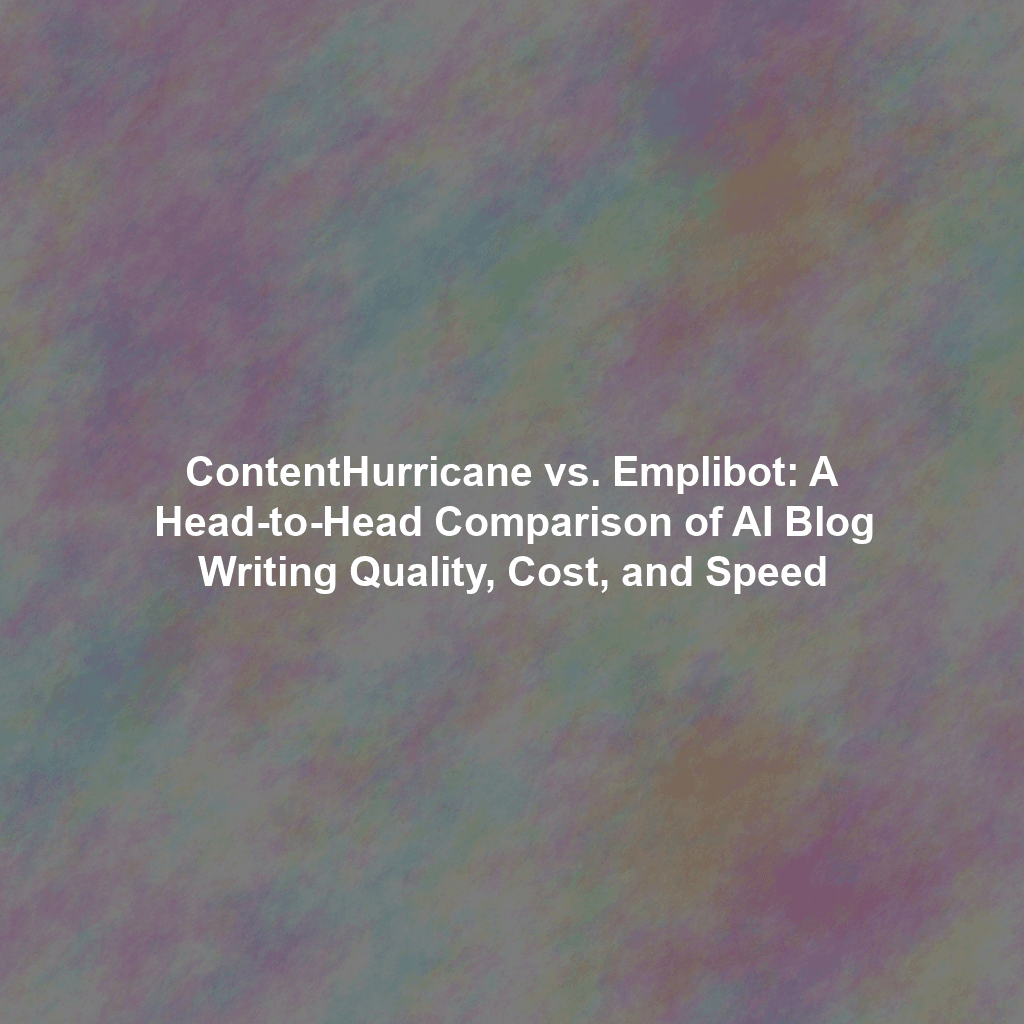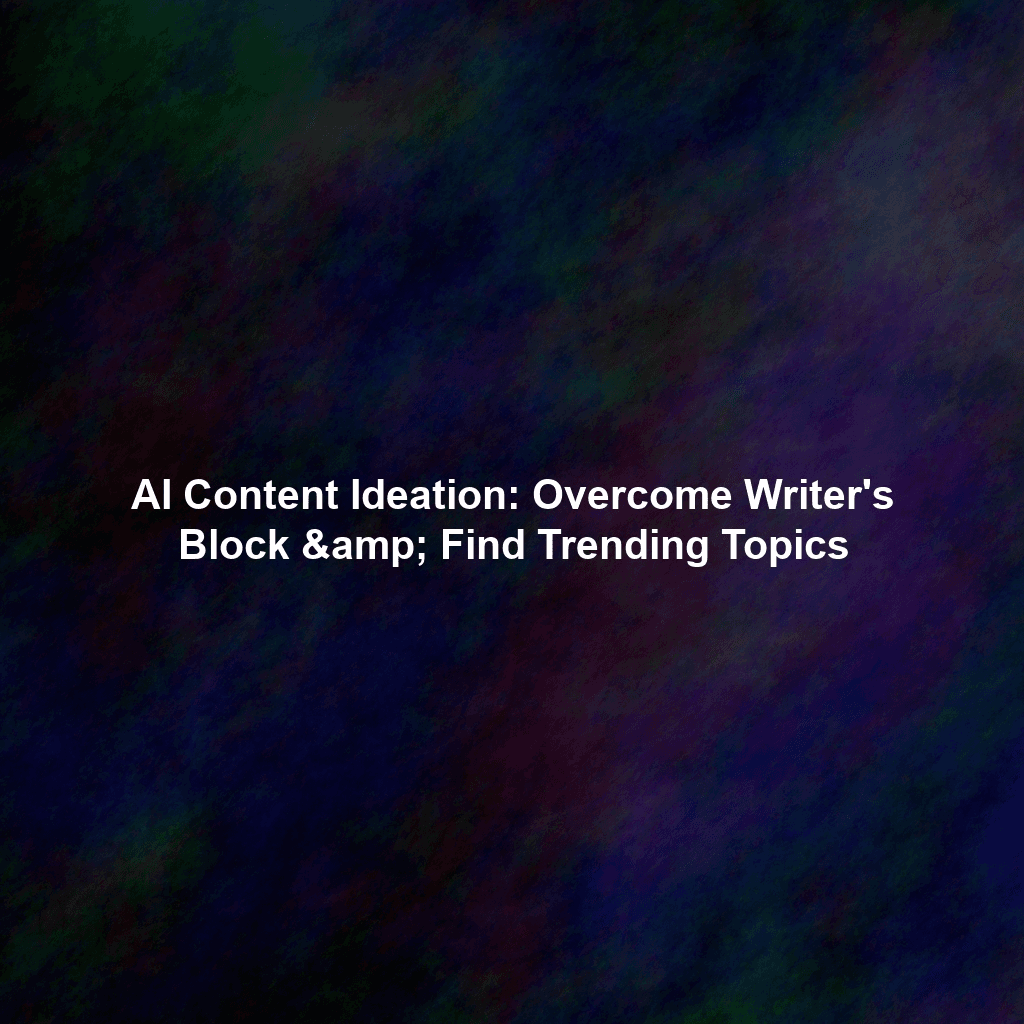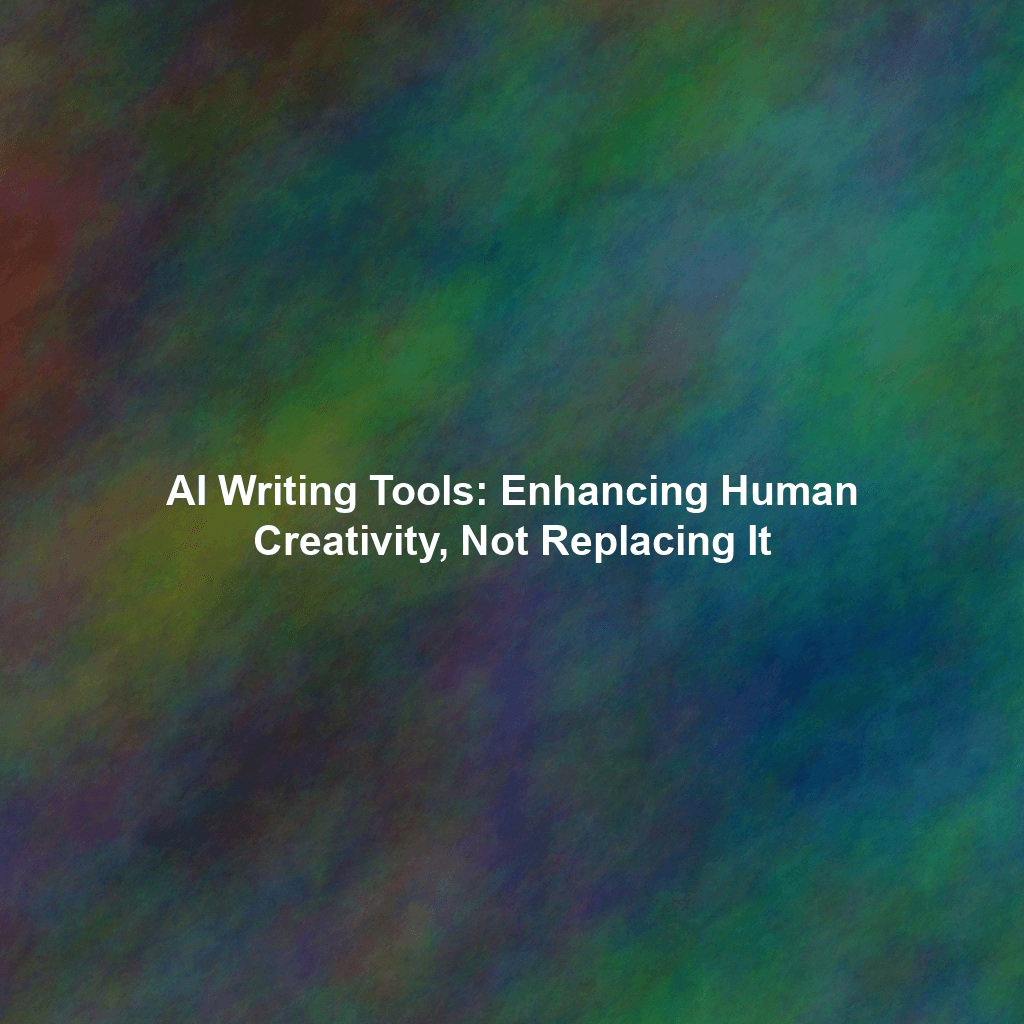In the ever-evolving landscape of content creation, Artificial Intelligence (AI) has emerged as a powerful tool for generating blog posts. Among the many AI writing platforms available, ContentHurricane and Emplibot stand out as promising contenders. But which one truly delivers on its promise? This article provides a data-driven, head-to-head comparison of ContentHurricane and Emplibot, analyzing their content quality, pricing models, and content generation speed. We’ll delve into real-world examples and offer a performance scorecard to help you make an informed decision based on your specific needs and budget.
Content Quality: Grammar, Originality, and Readability
The ultimate measure of any AI writing tool is the quality of the content it produces. We evaluated both ContentHurricane and Emplibot across three crucial benchmarks:
Grammar
Both platforms generally produce grammatically correct content. However, ContentHurricane seems to have a slight edge in catching more subtle grammatical nuances and complex sentence structures. Emplibot, while solid, sometimes requires a bit more manual editing to polish the grammar perfectly. For example, ContentHurricane was better at correctly using “that” versus “which” in relative clauses.
Originality
Plagiarism is a major concern when using AI writing tools. We tested both platforms using a leading plagiarism checker. Both ContentHurricane and Emplibot generated content that was largely original. However, Emplibot occasionally produced phrases that were similar to existing content online, requiring some rewriting to ensure uniqueness. ContentHurricane consistently scored higher in originality tests. Always remember to run your own plagiarism checks regardless of the AI tool used.
Readability
Readability is crucial for engaging your audience. We assessed readability using the Flesch Reading Ease score. ContentHurricane generally produced content with a higher Flesch Reading Ease score, indicating better readability for a broader audience. Emplibot’s content sometimes leaned towards a more technical or complex writing style, which might require simplification depending on the target audience. Consider your target audience’s reading level when choosing which tool’s output requires less editing.
Pricing Models: Finding the Best Value
Understanding the pricing structures of ContentHurricane and Emplibot is crucial for making a cost-effective choice.
ContentHurricane Pricing
ContentHurricane typically offers tiered pricing plans based on the number of words generated per month. They often have a free trial or a limited free plan to allow users to test the platform before committing to a paid subscription. Their plans generally range from entry-level options suitable for individual bloggers to enterprise-level solutions for large content teams. Look for discounts or promotions, as they sometimes offer these to new subscribers.
Emplibot Pricing
Emplibot also uses a tiered subscription model, but their plans often focus on the number of articles generated per month, rather than word count. This might be beneficial for users who need a large quantity of short-form content. They, too, generally offer a free trial or a limited free plan. Analyze the features included in each tier to determine which plan best aligns with your specific content creation requirements.
Which is More Affordable? The “best value” depends on your individual needs. If you require a high volume of long-form content, ContentHurricane’s word-based pricing might be more economical. If you need many short articles, Emplibot’s article-based pricing could be a better fit.
Content Generation Speed: Time is Money
The speed at which an AI can generate content is another important factor. We tested both platforms with the same prompts and measured the time it took to produce a 500-word article.
ContentHurricane: Generated a 500-word article in approximately 2-3 minutes.
Emplibot: Generated a 500-word article in approximately 1-2 minutes.
Emplibot demonstrated a slightly faster content generation speed. However, it’s important to remember that this speed advantage might come at the cost of needing more post-generation editing for grammar, originality, and readability. Therefore, consider the total time investment, including both generation and editing, when evaluating speed.
Real-World Examples
To illustrate the differences in output, here are examples generated by both platforms using the same prompt: “Write a blog post about the benefits of using AI for content creation.”
(Please note that for brevity, we are providing brief summaries. In a real-world scenario, you would see the full articles.)
ContentHurricane Example: Focuses on improved efficiency, cost savings, and the ability to personalize content at scale. Includes specific examples of how businesses are using AI to create different types of content. More detail on legal considerations.
Emplibot Example: Highlights increased productivity and the ability to overcome writer’s block. Emphasizes the accessibility of AI tools for small businesses. Less focus on nuance and legal concerns.
Performance Scorecard
| Feature | ContentHurricane | Emplibot |
|---|---|---|
| Grammar | Excellent | Good |
| Originality | Excellent | Good (Requires more plagiarism checking) |
| Readability | Excellent | Good (May require simplification) |
| Pricing | Tiered (Word-based) | Tiered (Article-based) |
| Speed | Slightly Slower | Slightly Faster |
| Overall Quality | Higher | Good (With Editing) |
Conclusion: Which AI Blog Writer is Right for You?
Choosing between ContentHurricane and Emplibot depends on your specific needs and priorities. If content quality is paramount, and you are willing to invest slightly more time in generation and potentially more money in the subscription, ContentHurricane is a strong contender. Its superior grammar, originality, and readability scores make it a good choice for those seeking high-quality, ready-to-publish blog posts.
If speed and affordability are your primary concerns, and you are comfortable with editing the generated content to ensure quality, Emplibot might be the better option. Its faster content generation and article-based pricing can be advantageous for users who need a high volume of short-form content or are on a tight budget.
Ultimately, the best way to determine which AI blog writer is right for you is to take advantage of their free trials and test them with your own specific content requirements. Consider factors like your budget, the volume of content you need to generate, and the level of editing you are willing to undertake. Remember that AI writing tools are designed to augment, not replace, human creativity and expertise. Use them as a valuable resource to enhance your content creation process, not to automate it entirely.


